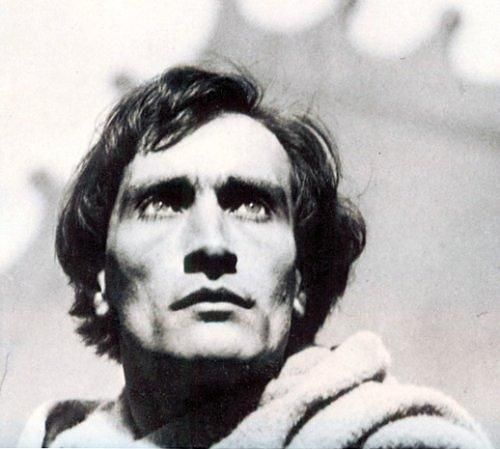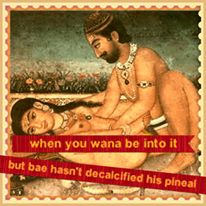
(Antonin Artaud, gazing upon the summit of interiority)
So, McLeod Ganj, India where I am living, ‘Little Lhasa’, or the Tibetan capital in exile, is a funny kind of place. It’s really only a very small town, but its few streets and rural mountain town feel belies its cosmopolitanism. It is a junction point for a virtually unceasing stream of Tibetan and foreign visitors, for news and information from all over the globe. Besides formal support from the Tibetan government in exile, and informal flows of money from friends and family – everything from transnational remittances, informal/illegal trade, community saving unions, personal support structures centered around people from the same home regions in Tibet and exile, from common Tibetan exile or Indian school graduating groups, or shared monastic colleges – many Tibetans rely on tourist dollars to survive.
I have often said that this town exists for better or worse in the midst of overlapping economies of curiosity. Romantic stereotypes and Tibetans’ global reputation precedes them. One silver lining about this curiosity or global gaze is that it can at least be turned into a source of continued survival and livelihood for exile Tibetans, who let it not be forgotten, remain by and large stateless refugees living deeply precarious lives.
Continue reading →









